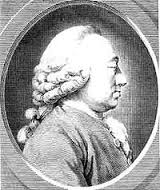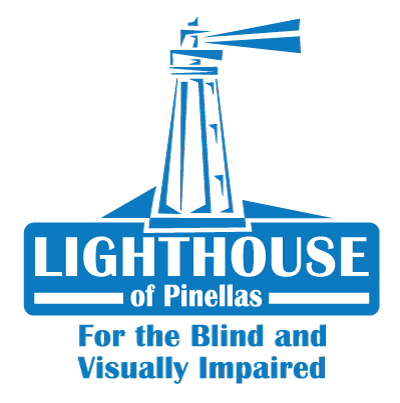 A new study conducted by the Canadian National Institute for the Blind (CNIB) and published in the Canadian Journal of Ophthamology has found that 1 in 5 low vision patients suffer from visual hallucinations known as Charles Bonnet Syndrome (CBS). It represents the first major study of CBS due to vision loss across of the three most common eye diseases – age-related macular generation, diabetic retinopathy and glaucoma – with 2565 study respondents over 40 years of age who attended a CNIB low vision clinic.
A new study conducted by the Canadian National Institute for the Blind (CNIB) and published in the Canadian Journal of Ophthamology has found that 1 in 5 low vision patients suffer from visual hallucinations known as Charles Bonnet Syndrome (CBS). It represents the first major study of CBS due to vision loss across of the three most common eye diseases – age-related macular generation, diabetic retinopathy and glaucoma – with 2565 study respondents over 40 years of age who attended a CNIB low vision clinic.
Many associate the term hallucination with a form of mental illness. However, this is not the case with Charles Bonnet Syndrome. CBS is not a mental illness, nor is it a symptom of dementia or any other disease. Rather, it is a condition specifically related to vision loss. Lack of awareness of this condition can cause confusion and concern among those experiencing and diagnosing it. While it is not yet known exactly what causes CBS, researchers are beginning to believe it is related to an attempt by the brain to fill in information that would normally be obtained from the eyes.
“Many doctors believe that this phenomenon is very rare, however this study shows that it’s actually quite prevalent,” said Dr. Keith Gordon, study author and Vice-President of Research at CNIB. “People are afraid to tell their family, friends and even doctors that they’re experiencing hallucinations for fear of it being misunderstood as mental illness. With these findings, we are now able to shed more light on CBS and help raise awareness within the medical community and the general public about how prevalent it actually is.”
Charles Bonnet Syndrome is named after a Swiss philosopher who lived nearly three centuries ago. Bonnet wrote about his grandfather’s experiences after he had lost his sight but had visions of objects and images that were not there.
CBS has a direct link to loss of vision and the brain’s reaction to that loss. The visual hallucinations caused by CBS can vary and can range from simple shapes and dots of colours, simple patterns, straight lines or a network of branches, to detailed pictures of people, animals, insects, landscapes and buildings. When you have lost a large amount of your vision it may be difficult to see everyday things, but you may find that your CBS hallucinations are very detailed, and much clearer than your normal vision. The images can appear “out of the blue”, lasting for just a few minutes or in some cases, several hours. While it is not yet known exactly what causes CBS, researchers are beginning to believe it is related to an attempt by the brain to fill in information that would normally be obtained from the eyes.
